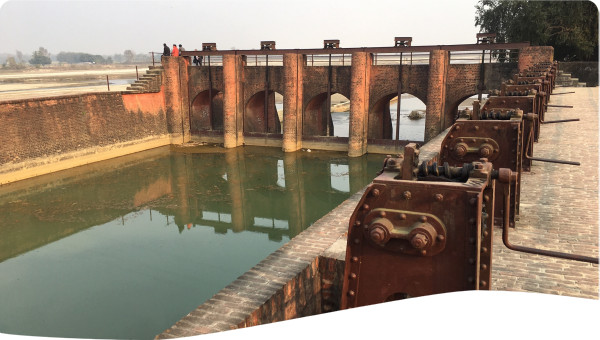Water markets are promoted as a demand-management strategy for addressing water scarcity. Although there is an increasing literature on the institutional preconditions required for successful formal water markets, there has been less focus on understanding what drives participation after establishment of the basic enabling conditions. Participation can be measured in terms of either trading activity (conducting either a permanent or temporary water trade) and/or trade volumes across time and market products. Australia’s water markets in the Southern and Northern Basins of the Murray-Darling Basin provide a notable example of a ‘tale of two water markets’, offering insights about the economic policy levers that can drive participation across different hydrological, irrigation, and socioeconomic contexts. Key lessons include: distribution of initial property rights in resource allocation; the need to prepare for and seize opportunities to strengthen property rights; and robust monitoring and compliance requirements—all of which will reduce transaction costs and increase participation.
Description / Abstract
Publication year
Country
Region
Publisher
Thematic Tagging
English
 Resource -
Resource -
